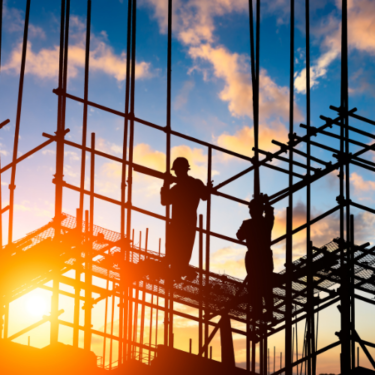Will Asia construction remain the victor amid escalating construction costs and the growing risk of global recession?
While Asia has seen a surge in construction activity following the gradual fading of Covid restrictions across the region, there still remains a significant backlog of projects yet to be completed. Supply chain issues and consequent escalating construction costs have not only pushed out construction timelines but have also seen the destruction of construction demand. The sector is at risk of further headwinds, with the cooling in external demand and increased global recession risk.
In this webinar, we will discuss the outlook for construction activity in Asia including the risks and implications of increasing construction costs and global recession.
Note: Can’t make it to any of the sessions? Feel free to register for any session; we will automatically share the recording with you 3 hours after the webinar has finished.

April Skinner
Senior Economist, Asia Construction

April Skinner
Senior Economist, Asia Construction
April is the Economist responsible for producing the Asian Construction Service. The service provides comprehensive analysis and forecasts on building and infrastructure construction across 13 countries in Asia including New Zealand. She has experience in econometric modelling and holds a Master’s degree in econometrics and financial economics.
Nicholas Fearnley
Head of Global Construction
Nicholas Fearnley
Head of Global Construction
Nicholas is the Head of Global Construction and is responsible for producing the Global Construction Service. He oversees the teams that produce of the Asia Construction Service, and also the Australian Engineering Construction, Mining and Maintenance outlooks. He holds a PhD in economics, regularly hosts webinars and presents at BIS Oxford Economics biannual conferences.
Tags:
Related Services

Service
Asia Construction Service
Detailed overviews of historical trends and future prospects for building activity across 12 key Asian countries and New Zealand.
Find Out More